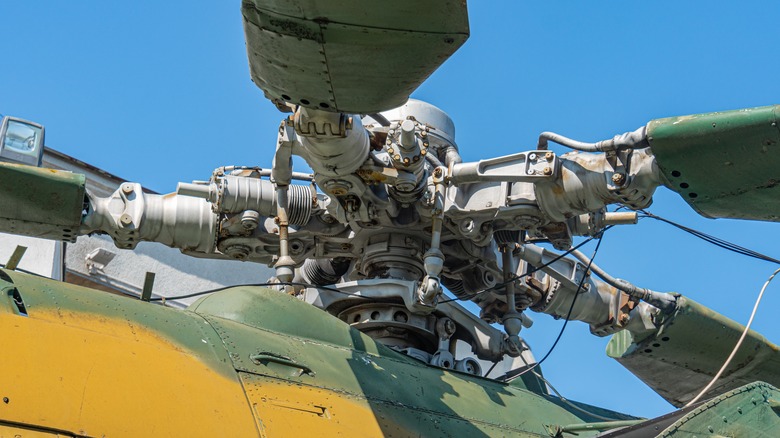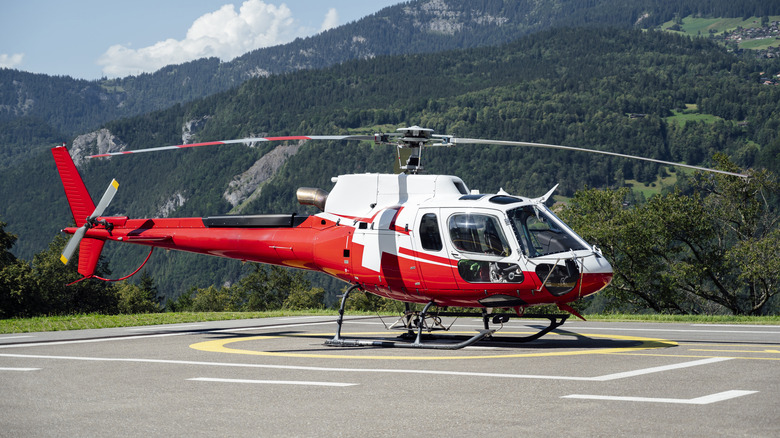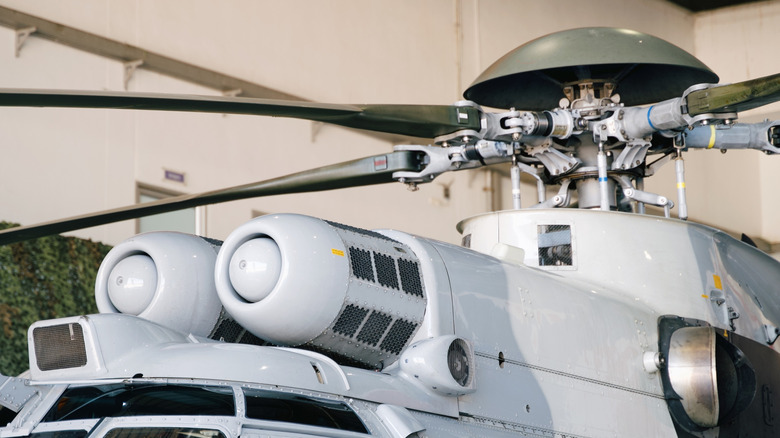Helicopter Rotor Brakes: What Are They For & How Do They Work?
Helicopters stand among the many reasons why aviation is as important as it is today. These aircraft occupy various niches worldwide, ranging from extensive military applications, such as helicopters like the AH-64 Apache and AH-1Z Viper, to transportation systems, exemplified by the Bell 407, and firefighting, as demonstrated by the Sikorsky S-64 Skycrane. Helicopters are as ingrained in modern society as many other vehicles, making them among the most common aircraft you will encounter today.
Given their prevalence, it is understandable that many people are familiar with how they work. Even a middle schooler might be able to tell you that the magic lies within the craft's rotor, and they would be right. However, not many will actually tell you that this same rotor has brakes, which are usually used to stop the helicopter's rotor and prevent further rotation.
As you would expect, the entire system is as complex as many of the systems that comprise a helicopter. However, it is easier to understand when compared to, say, the aircraft's rotor system, which is heavily involved in how the helicopter changes direction in the air.
The rotor stays in place until the brake is disengaged
While not every helicopter comes with rotor brakes, many of the renowned ones, such as the 60-plus-year-old Boeing CH-47 Chinook, do. These rotor brakes typically comprise several integral parts that form the entire brake system, including a disc connected to the helicopter's rotor, a brake caliper, and an actuating device designed to move the caliper whenever the brake is applied.
The simplified version of the braking process is that once a pilot successfully lands a helicopter and turns off the craft's engine, they will wait a moment for the rotor blades to slow down and then apply the brakes. The time to wait between turning off the engine and applying the rotor blade varies from helicopter to helicopter, with some manufacturers recommending a 30-second wait time after shutting down the aircraft.
Once the rotor brake is engaged, hydraulic pressure is applied to the brake caliper, which clamps the disk and brakes the rotor, effectively slowing it down and holding it in place after it has stopped turning. The rotor will stay in place until the brake is disengaged, at which point the caliper will release the disk, allowing the rotor to turn.
A rotor brake is just as important as other parts of a helicopter
While helicopters, like any other aircraft, may seem straightforward on the outside, they are works of engineering art on the inside, with numerous systems that must work together to allow the craft to safely and effectively ascend into the sky, fly around, and successfully land. A brake system primarily concerned with stopping and holding the rotor in place after the helicopter has landed might not seem as important as the craft's other systems, such as the powertrain, but consider that a spinning rotor can create downdrafts (rotor wash) powerful enough to knock someone down.
Additionally, spinning rotors, whether they are the main or tail rotors, can cause serious injury if someone were to come into contact with them, even when the helicopter's engine is off. Finally, leaving the rotor spinning after the engine has been turned off increases the risk of problems, such as mechanical failures, which could have been avoided if the rotor brake had been engaged.


